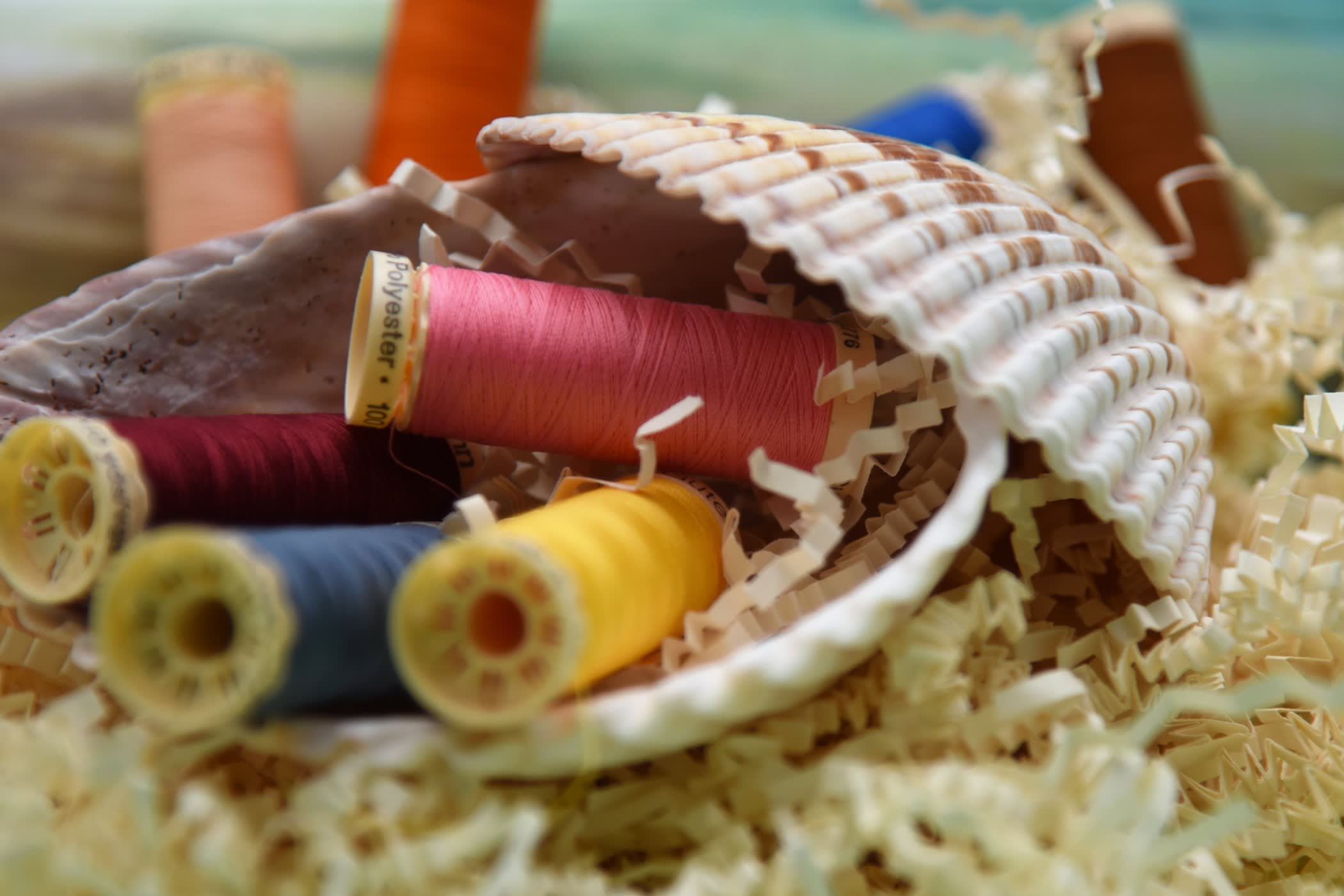National Schemes and Policies Aimed To Boost The Textile Industry In India



The textile industry has been grappling with multiple challenges over the decades, and over the past year, the industry has particularly suffered due to the Covid-19 pandemic. While the struggle to recover continues, here are some national schemes and policies that are expected to act as a ray of hope for the stakeholders.
Mega Investment Textile Parks (MITRA)
The 2021 Union Budget introduced the scheme for Mega Investment Textile Parks, which would aim to provide an unprecedented leverage to the textile industry in India. The chief goals of the scheme is to aid the industry in becoming globally competitive, boost employment opportunities, draw huge investments, and accelerate exports. The scheme proposes to develop 7 mega textile parks over the next 3 years, which is estimated to increase the industry’s revenues to US $300 billion by 2025-2026.

The parks shall have a global infrastructure and plug and play facilities, with each of them being built over 1000 acres of land. The scheme is closely aligned with the Scheme for Integrated Textile Parks (SITP), which was launched in 2005. Under SITP, 59 textile parks were sanctioned, of which only 22 have been completed so far. The scheme, as such, is considered to have failed in achieving its mission, and its failure casts a shadow of doubt over the possibility of the Mega schemes’ success. However, despite the apprehensions, if the scheme manages to deliver what it promises, it would prove to be a major blessing for the textile industry.
Foreign Direct Investment (FDI)
The Government of India welcomes 100% Foreign Direct Investment in the textile industry under the automatic route, which means the investors or the concerned company does not require any prior approval from the government or RBI for a direct investment of 100%. The only obligation here is to notify the respective regional office of RBI about inward remittance within 30 days of receiving the amount. Over the last five years, the textile industry has witnessed a notable increase in investments owing to this policy and it is expected to continue supporting the industry in the future.
Free Trade Agreements (FTA)
An industry’s contribution to export revenue is a significant parameter used to measure its success, and over the years India has entered into multiple bilateral trade agreements to boost the exports. These agreements have particularly helped the Indian textile industry to compete with Bangladesh, a global leader in terms of textile exports. Bangladesh, owing to their ‘least developed nation’ status, has duty-free access across the globe.

While similar perks are unavailable to India, there are a number of working Free Trade Agreements in place such as South-Asia Free Trade Agreement, India-Korea Comprehensive Economic Partnership Agreement (CEPA), India-ASEAN Comprehensive Economic Cooperation Agreement (CECA), and India-Japan Comprehensive Economic Partnership Agreement (CEPA). However, functional agreements with the developed countries (who are some of the major textile importers) remains to be achieved.
Production Linked Incentive (PLI)
The central purpose of the PLI scheme with respect to the textile industry is to make the manufacturing sector globally competitive, with a particular focus on Man-Made Fibre apparels and Technical Textiles. An incentive of 3% to 15% is to be offered to the manufacturers for incremental turnover for the next 5 years.
Under the PLI scheme, the government is aiming to increase the production of approximately 50 categories of man-made fiber and technical textile products including pullover, jerseys, swimwear and others. In 2019, the global export value for these products was estimated at $222, and India’s share in the same was $1.8 billion which accounts for approximately 0.8% only, leaving much scope for growth. Bangladesh and Vietnam were both ahead of India, and the PLI scheme aims to bridge this gap.
Amended Technology Upgradation Fund Scheme for textiles industry (ATUFS)

All the schemes and policies initiated to support the textile industry cannot show an impact unless the technology used in the manufacturing sector is upgraded to meet the global standards. Keeping the same in mind, the ATUFS has been introduced, which is to offer credit linked subsidies for capital investment in the textile and manufacturing sectors. The scheme is expected to have a positive impact on investment, employment, quality, productivity, and exports and imports among other things.



















